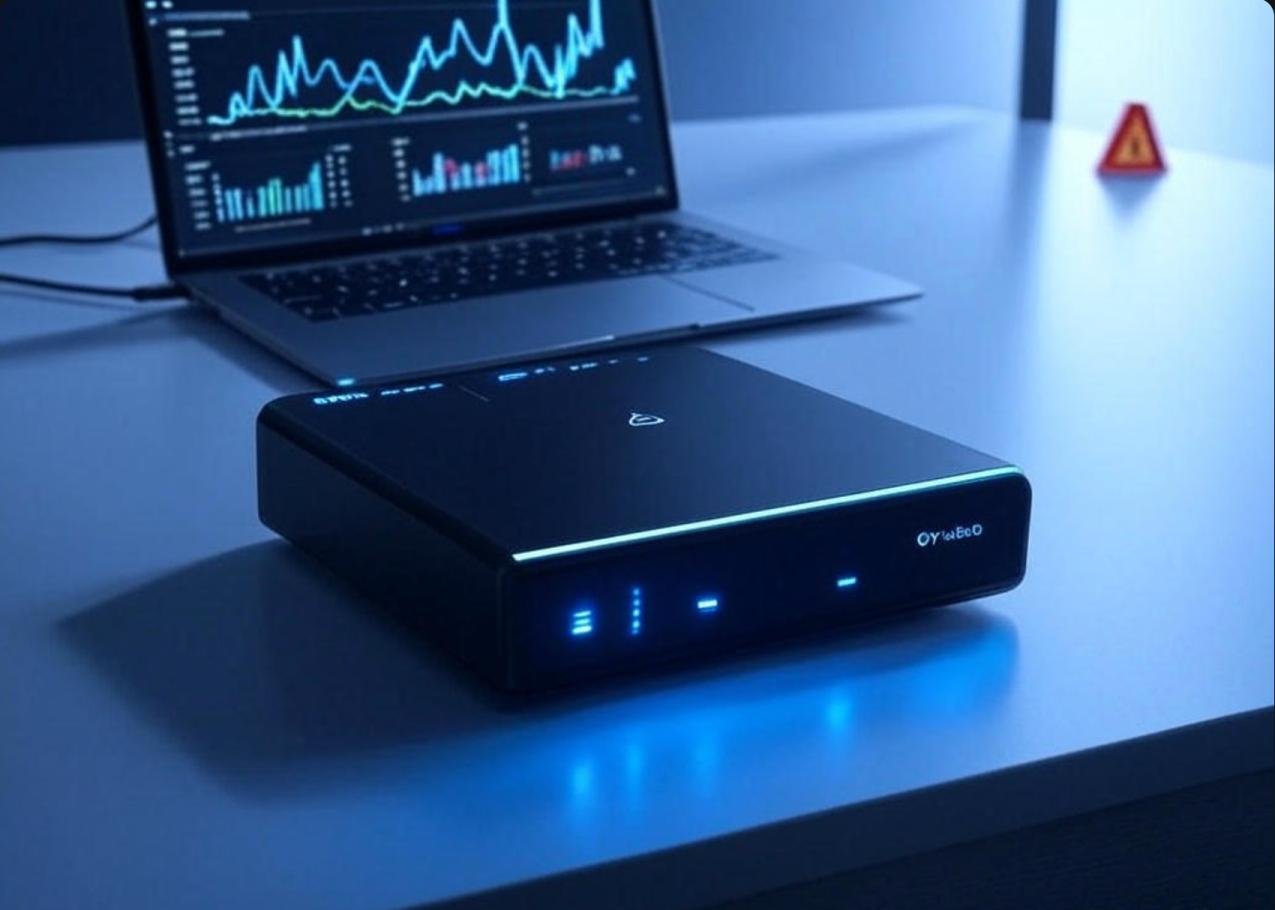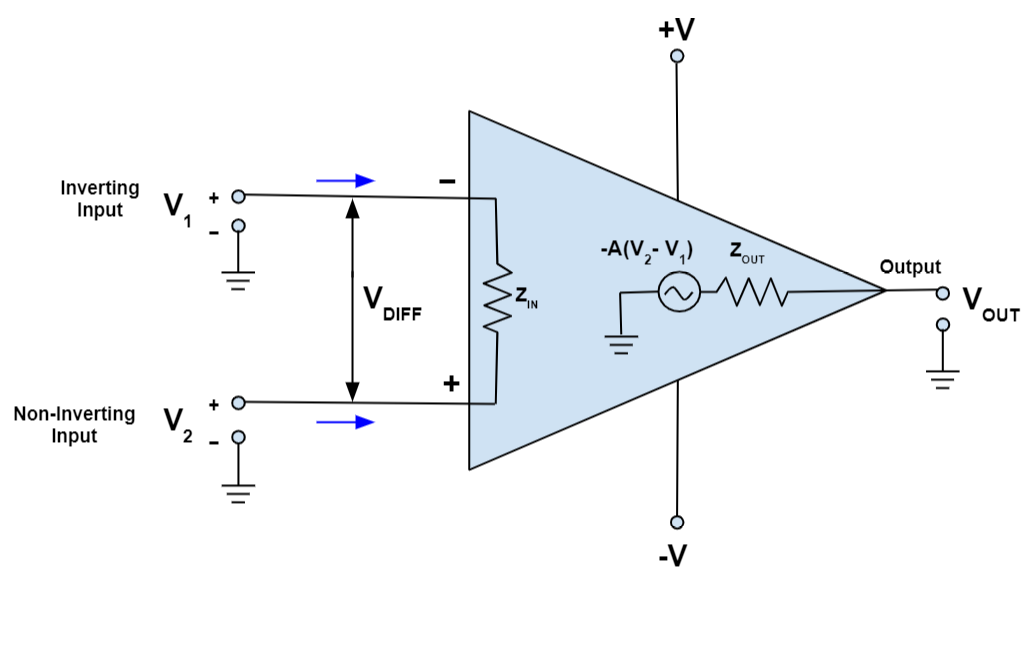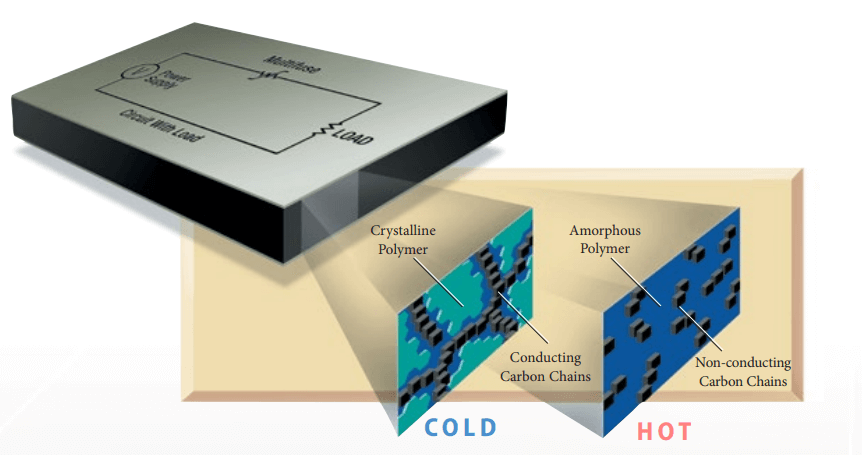
How to Use the QY-45Y3-Q8W32 Model: A 2025 Step-by-Step Guide
Lets dive into a topic that’s been sparking a lot of buzz: how to use the QY-45Y3-Q8W32 model. Whether you’re an engineer, a data scientist, or just someone who loves tinkering with cutting-edge tech, this guide is for you. I’ve been digging into the nitty-gritty of this device, and let me tell you—it’s a powerhouse…




